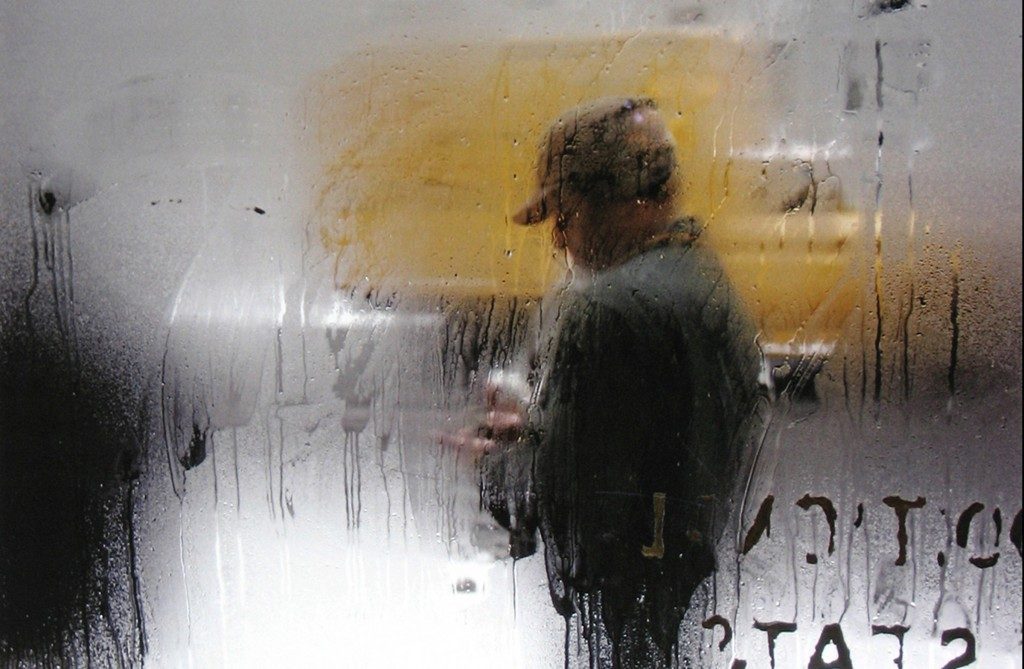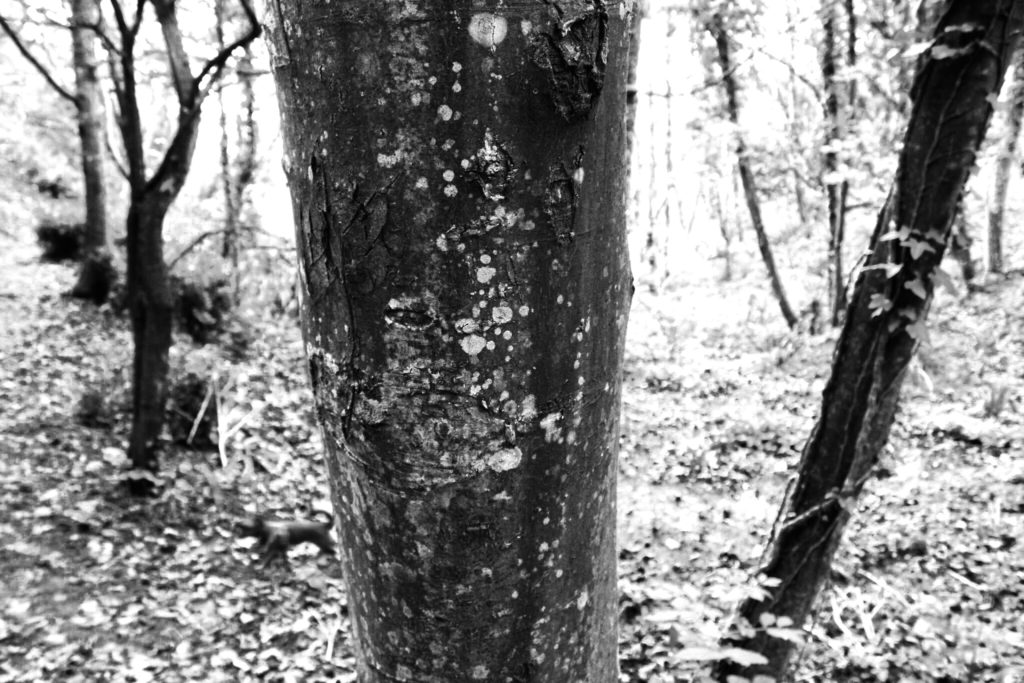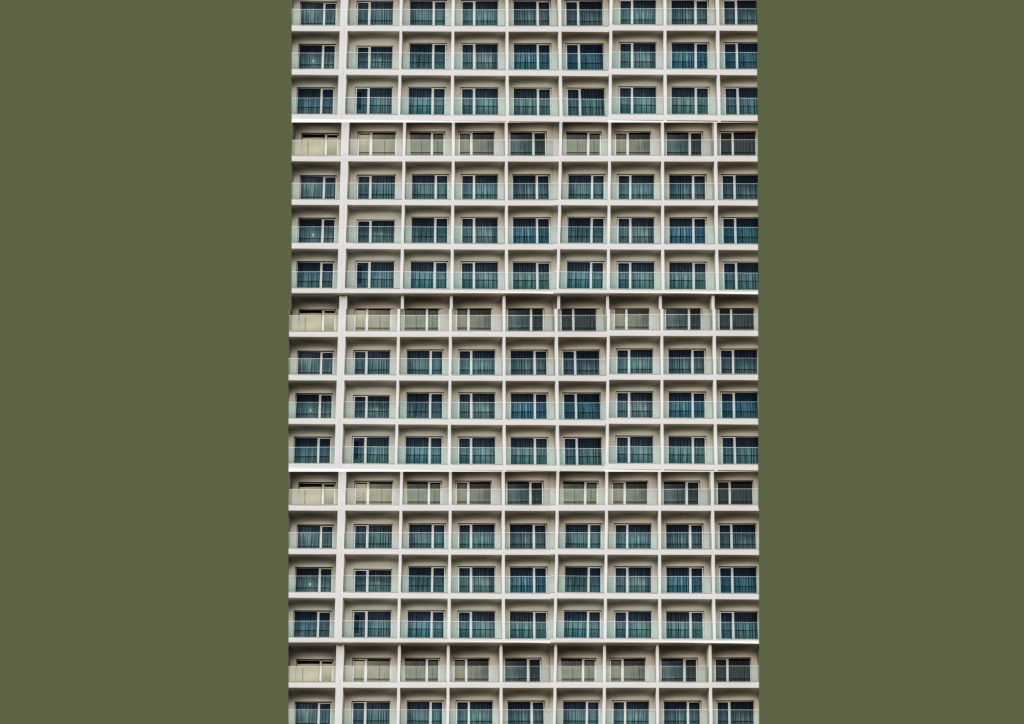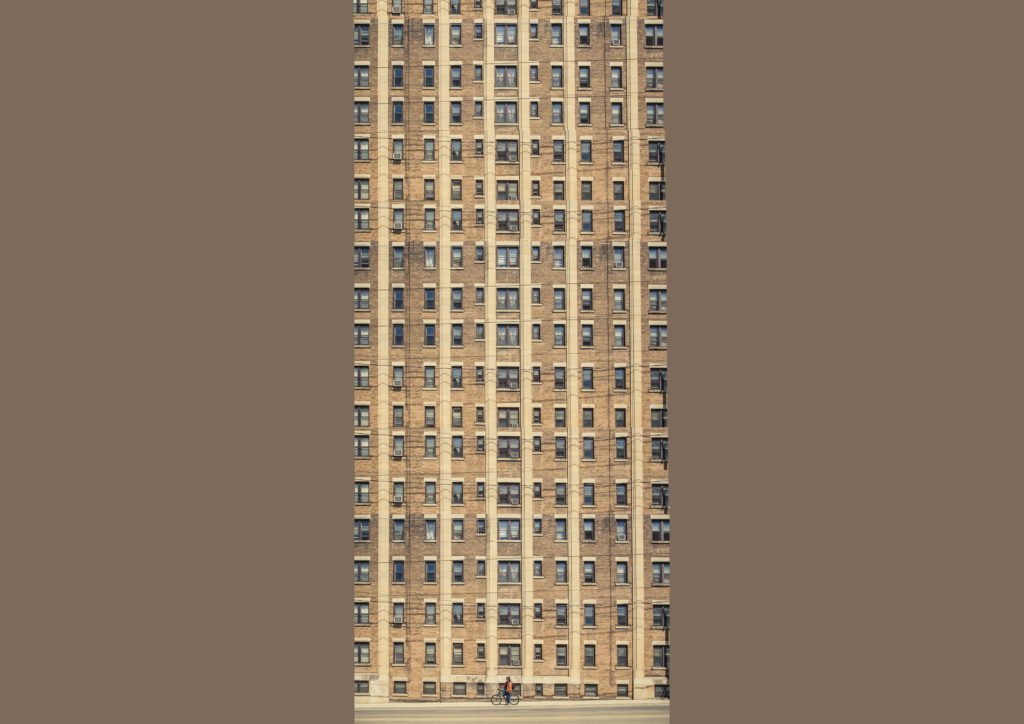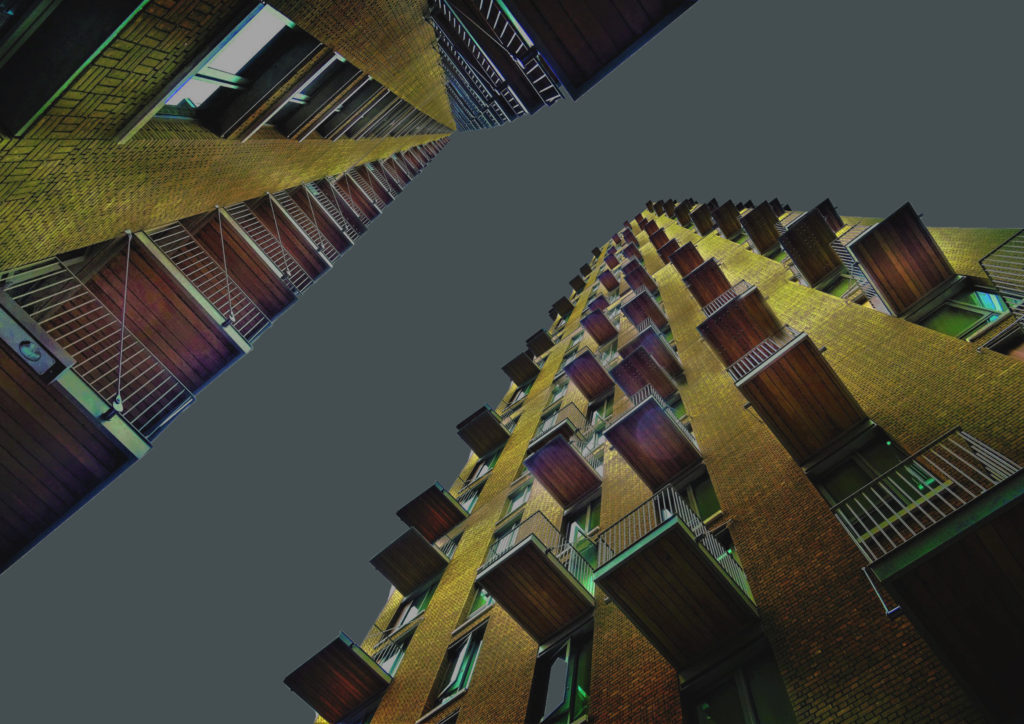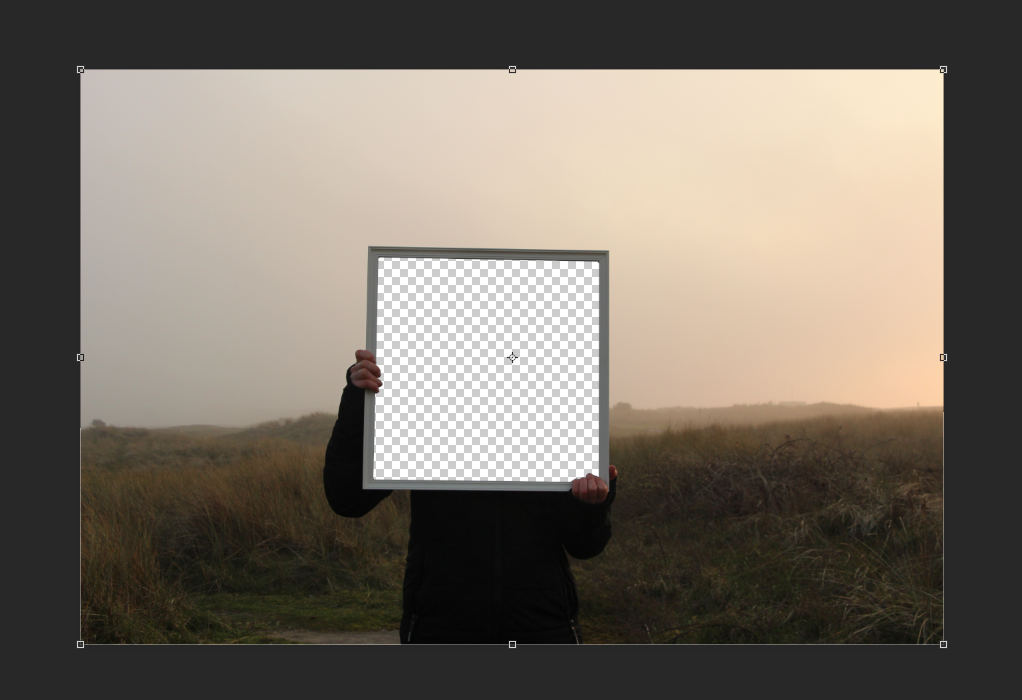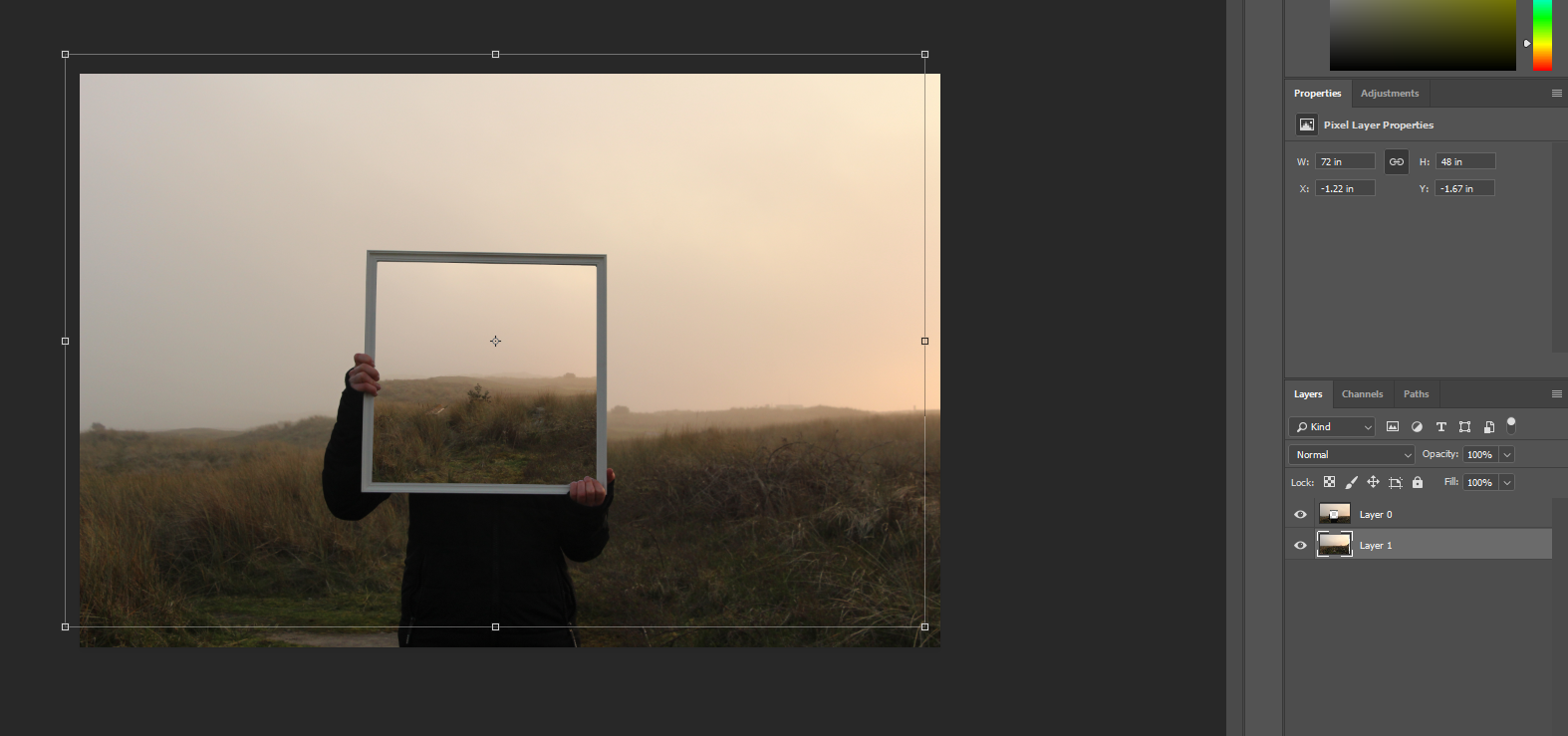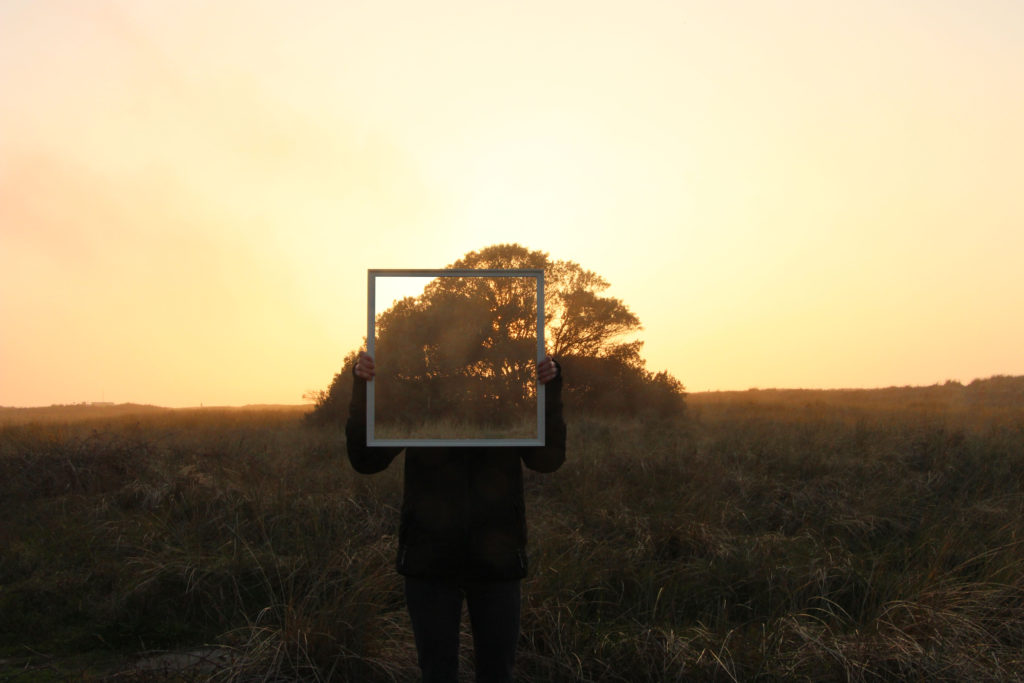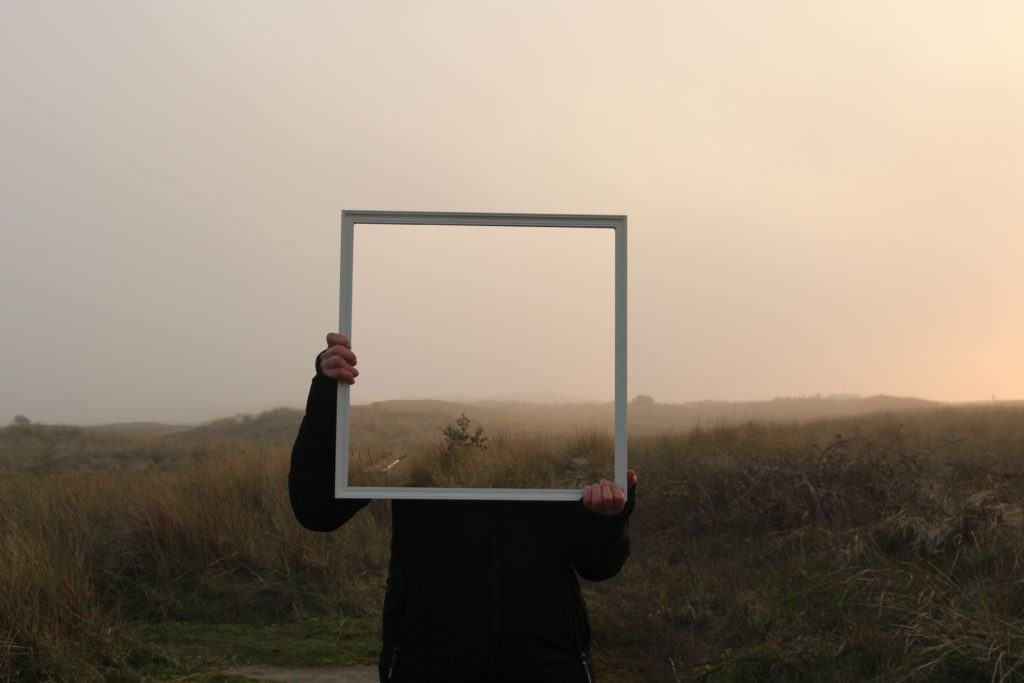How well have ideas developed?
In my project I still feel as though I need to develop the concept and meaning behind my images in more depth. I started my project exploring ideas related to nature and beauty as it is something that interests me personally. My first idea for the project Variation and Similarity was to look at repetition in nature and planned to explore that in my first shoot. I then backed this up with research into photographers. As I’ve continued in my project I found that I wanted to add another concept to the project to make my images have more of a story behind them and to feel more conceptual. I think that exploring the use of videos in my work has developed my work well as it gives my project another element.
Are they sustained and focused?
I think that my blog posts are sustained and focused so far, exploring and researching different photographers styles and the concepts behind their work to inspire me. I still feel as though I need to explore more photographers to find a definite concept behind my project. My blog posts are not as focused as I want them to be and can only become sustained when I find another concept. I also want t add my photographers analysis to understand in more depth how various photographers take their image, and also analyse how they display their work i.e in a photo book.
Are they reviewed and refined?
I think that my blog posts are reviewed and refined as I explore the concepts and meanings behind how the photographers take images the way they do and why they do it. I also explain why I chose those photographers to look and and how they link to my project. For my photo shoots I think that I review my work well by analysing my images technically and conceptually and also evaluating the shoots, stating what I could work on and develop further in my project. To make my work more reviewed and refined I could explain more throughout my project what I am doing, and evaluate each week how my ideas are developing.
How many responses/ shoots?
I have done two shoot of my own so far where i have and gone to natural areas. In the first shoot I visited St Catherine’s woods and looked at repetition in pattern and shapes in nature to start generating ideas for my project. I also took some inspiration from Rinko Kawauchi in some of the images looking at light and exposure. I think that the images from this shoot were successful at starting off my project and leading me into my second shoot. For the next shoot I visited Queens Valley Reservoir and looked at the beauty in nature and took videos of aspects I found interesting in the landscape. For this i wanted to capture the movement in nature that wasn’t portrayed in a still image i.e the movement of water, the wind blowing leaves. I think that both these shoots were successful, but i still want to push my work to develop it further. I have also done responses to photographers in class such as John Baldessari, inspired by his book ‘Throwing Three Balls in the Air to Get a Straight Line’, representing Baldessari’s interest in language and games as structures. I also created a response to typologies at the start of my project, taking inspiration from Hilla and Bernd Becher and Andy Warhol to start generating ideas.
Command of camera skills/ photographic techniques and processes
Understanding of composition/ considering quality of light
In my photo shoots I have tried to focus on light and negative space, inspired by Rinko Kawauchi. I feel as though my work is inspired by her, but doesn’t directly interpret her work which is something I wanted to do. In all my images so far I have consider the composition of the natural objects and how the patterns are portrayed. For example, some of the images in my first shoot i made the patterns fill the entire frame as I thought it made the image most effective and the markings stand out more. So far when I have gone out to take images the lighting has been over cast and cloudy, in my future shoots I plan to go at different times of day like early in the morning or later in the afternoon towards dusk. This way I could play with the lighting more and experiment with different exposures.
What are the overall quality of the images?
I think that the overall quality of the images are good and I feel as though they continue on from my last project where I looked at a natural area as well. This means I have a good understanding of photographing natural objects and landscapes. I have tried to make interesting compositions ie. making the shapes symmetrical or using the rule of thirds. I think so far that my images are taken well technically but not conceptual enough meaning that they aren’t the best they can be. Moving forward I plan to do shoots towards a particular concept to refine my work.
How do they respond to research andrelate to artists references ?
My shoots respond to the research I have done on different art movements, like the romantic era looking at sublime, pastoral and picturesque in the 19th century. They also respond to the research on abstraction as I’ve focused on negative space and bold colours within the natural landscape. My earlier responses respond to typologies ie. Hilla and Bernd Becher where I photographed different versions of the same object to create series of images. My videos are responses to my research into video art and performance art, as well as the work of Edward Muybridge who was important for his pioneering work in photographic studies of motion and in motion-picture projection. I did my own interpretation of this, looking at nature and movement.
How do they interpret exam theme?
My images and videos so far interpret the exam theme as they were inspired by looking at similarities and variations in nature. From this point I developed my idea to explore beauty within the natural landscape. Also looking at fragility and femininity when photographing. In my photo shoots I have focused on emphasisng the light in the images, looking at negative space and exposure to create the right appearance.

